Temples Galore at Angkor
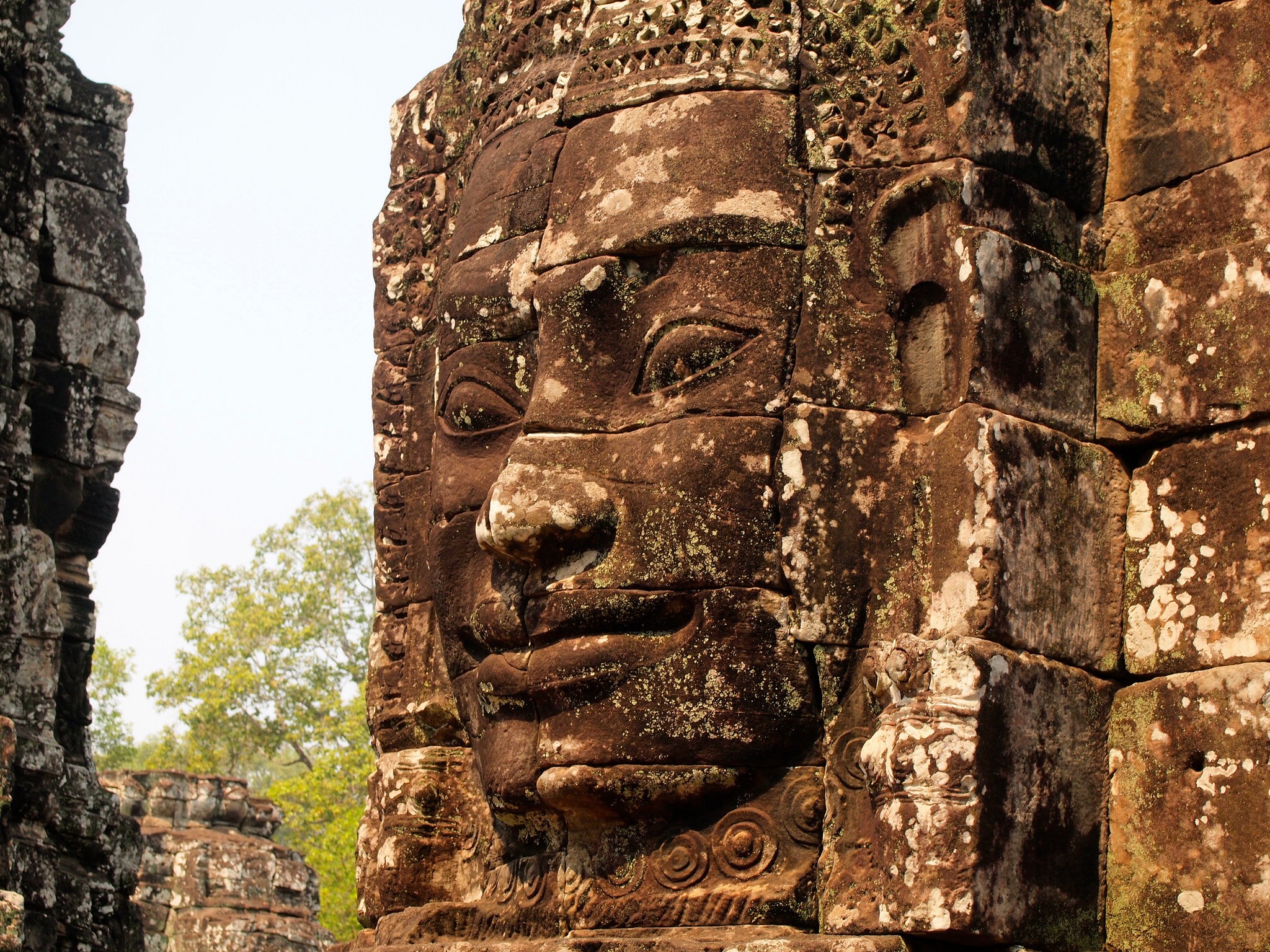
When you think of visiting Cambodia as a tourist, what's the first image that comes to mind?
I'll bet that, for most of you, it looks a little something like this:
This is Angkor Wat, one of the largest and most recognizable religious monuments in the world.
Contrary to popular belief, however, Angkor Wat is the name of just ONE temple in Cambodia. “Angkor” actually translates to “city,” and “wat” means “temple.” The whole area of temples and ruins is known as the Angkor Archaeological Park, which covers more than 400 square kilometers. Within this area, there are actually over 1,000 temples of varying sizes and states of decay, from piles of rocks to huge restored temples with details still intact.
This UNESCO-recognized site is a bucket list destination for people from all over the world, and I feel very lucky to have seen it for myself. Armed with a 3-day temple pass and a local guide from Siem Reap, here's a look at all the temple-y goodness I was able to see at Angkor:
Angkor Wat
Easily the most well-known (and perhaps most-photographed) temple here is Angkor Wat, built by Khmer King Suryavarman II in the early 12th century originally as a Hindu temple (it later was changed to a Buddhist one). The temple complex is huge and sprawling, surrounded by an outer wall and a huge moat. Its 5 lotus-bud-shaped towers make it instantly recognizable — they even appear on Cambodia's money.
Seeing as how Angkor Wat it so famous, that also means that it gets incredibly crowded. People flock here before 6 a.m. each morning to line up along the pools in front of the main temple in order to witness the sunrise, and then spill into the temple itself.
You could easily get lost wandering around in the lower gallery of Angkor Wat, but waiting in line to climb up to the upper gallery is well worth it, too.
While Angkor Wat wasn't my favorite Angkor temple (it was too crowded and there were too many touts inside the temple grounds), I would never tell you to skip it — it truly is incredible.
Bayon
In architectural contrast to Angkor Wat, Bayon is a slightly newer temple complex, built in the late 12th or early 13th century by King Jayavarman VII within the ancient town of Angkor Thom.
The Bayon temple is known for one major feature: the huge, serenely smiling faces that cover the temple's towers.
Unlike most of the other Angkor temples built for kings, Bayon was built to be a Mahayana Buddhist shrine dedicated to the Buddha. Some say the giant faces are his, while others suggest they are meant to look like the king that commissioned them.
Regardless, they certainly add a really interesting element to the temple.
Ta Prohm
Also known as the “Jungle Temple” (or the “Tomb Raider Temple” since some scenes from the Angelina Jolie movie were filmed here), Ta Prohm represents the less-restored, more wild type of Angkor temple. Here, tree roots have curled around pillars and burst up through floors. Moss and vines have crept across walls and down into doorways.
The temple, simply, is being reclaimed by the jungle.
Ta Prohm, like Bayon, was commissioned by King Jayavarman VII, but not as a state temple — Ta Prohm (originally called Rajavihara) was founded as a monastery and university. After the fall of the Khmer Empire 300 years ago, though, the complex fell into disrepair — and has largely been untouched since. Other than adding some wooden walkways and some reinforcing braces, little has been done to Ta Prohm since it was “rediscovered.”
The wild feeling of this temple makes it one of the most popular in Angkor.
Banteay Srei
The last — and smallest — temple I visited was Banteay Srei. It's not on the typical temple trail in Angkor, as it lies about 25 kilometers (15.5 miles) away from the major site. But it was well worth the extra drive.
Built mostly of red sandstone, Banteay Srei is a Hindu temple known for its small scale and intricate wall carvings. Luckily, these carvings have been incredibly well-preserved.
Since this temple is so far away from the others, it's a great place to visit if you need a break from the crowds.
Tips for Visiting the Angkor Temples
CONSIDER A TOUR — If this is your first time to Cambodia, going on a tour of Angkor with a guide is not a bad idea, especially if you want to learn more about the temples you're visiting. I was already with a guide since I was on a larger tour around Cambodia, but if you're looking for just a day tour to the temples from Siem Reap, check out the Angkor Adventure by Urban Adventures.
If you choose to go it on your own, here are some additional tips:
GET A MULTI-DAY PASS — You CAN get just a 24-hour pass for the Angkor temples, but I would suggest going for at least the 3-day pass. This gives you more flexibility, and will ensure that you're not trying to fit everything in to one (likely hot and humid) day. You can also buy a 7-day pass if you're going to stick around Siem Reap longer.
Passes:
- 1-day: $20 USD
- 3-day pass: $40 USD, with the pass valid for 3 days within one week
- 7-day pass: $60 USD, with the pass valid for 7 days within one month
HAVE A PLAN — Whether it's hiring a tuk-tuk driver for a day or renting a bike and braving the heat from Siem Reap, have a transport plan. Note, though, that most tuk-tuk drivers have set “circuits” around Angkor and might not be willing to adapt to your schedule if you want to see certain temples out of “order.”
GO EARLY — Part of your plan should be going to the popular temples early if possible. If you go to Angkor Wat for sunrise, stick around and explore the temple right afterwards before the real crowds descend. It's also worth going to Ta Prohm early in the morning — you'll avoid the crowds AND be in the temple as the jungle wakes around you.
COVER UP — Not only is it culturally friendly and respectful at a religious site, but you literally can't get into certain areas (like the upper gallery at Angkor Wat) unless your knees and shoulders are covered. And no, a scarf/sarong is not sufficient in Cambodia. I wore a longer dress and had a flowy t-shirt that I could throw over it for visiting temples.
Based on these photos, which Angkor temple would YOU most like to visit?
*Note: A 3-day temple pass as well as guiding around Angkor was part of a complimentary tour of Vietnam and Cambodia with Intrepid Travel. As always, though, all opinions (and photos) are my own.
If you're interested in the Cambodia portion of this same trip, check it out here.

Amanda Williams is the award-winning blogger behind A Dangerous Business Travel Blog. She has traveled to more than 60 countries on 6 continents from her home base in Ohio, specializing in experiential and thoughtful travel through the US, Europe, and rest of the world. Amanda only shares tips based on her personal experiences and places she's actually traveled!

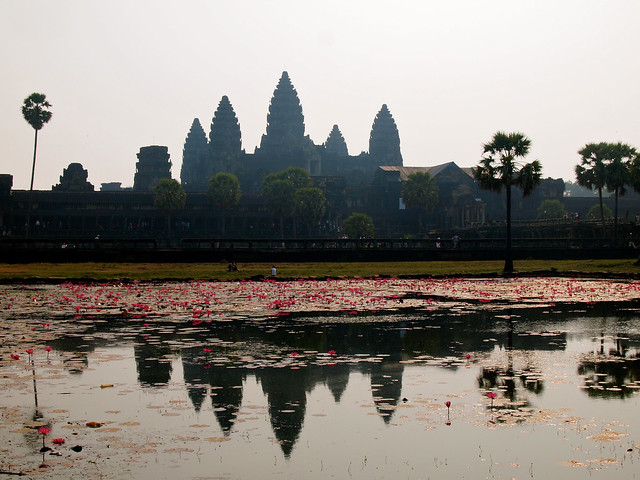
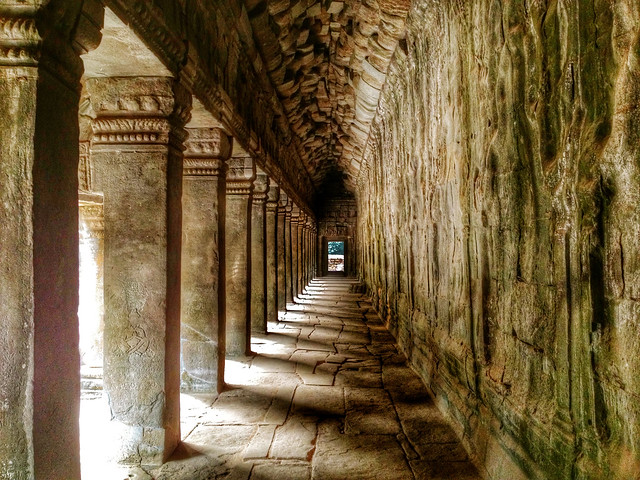
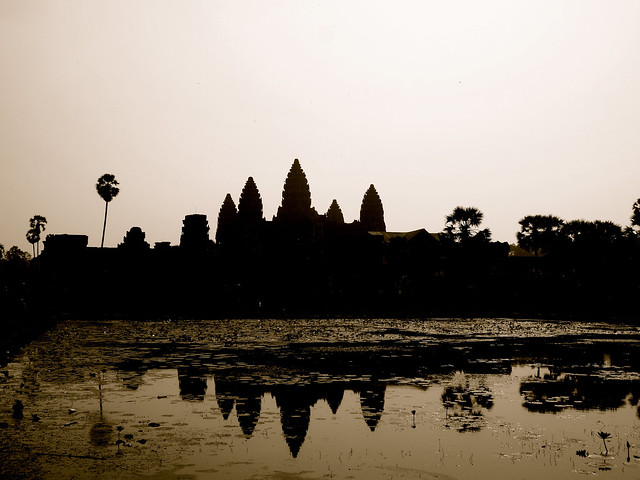
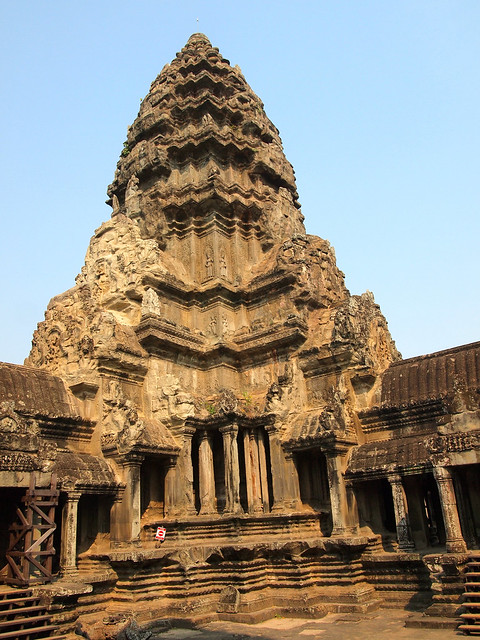
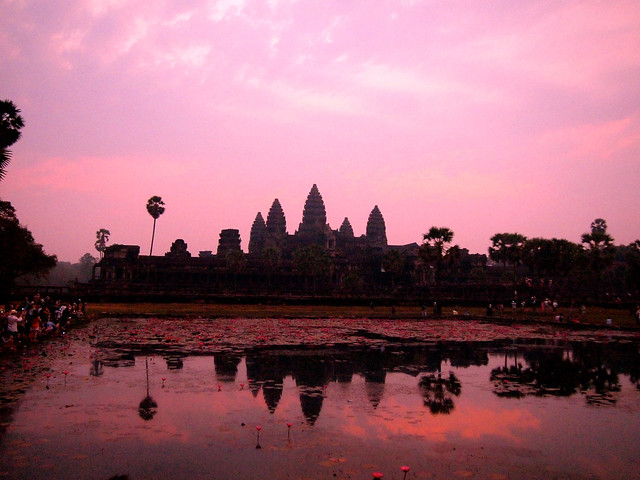

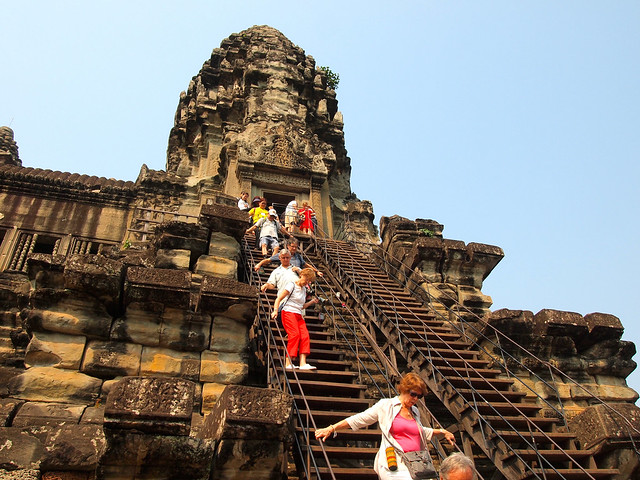
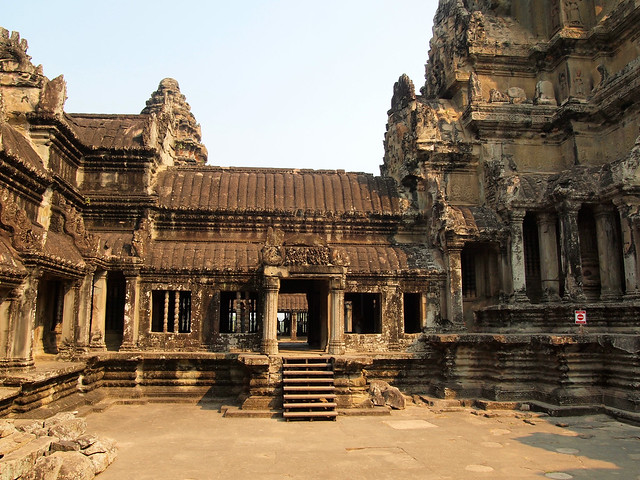
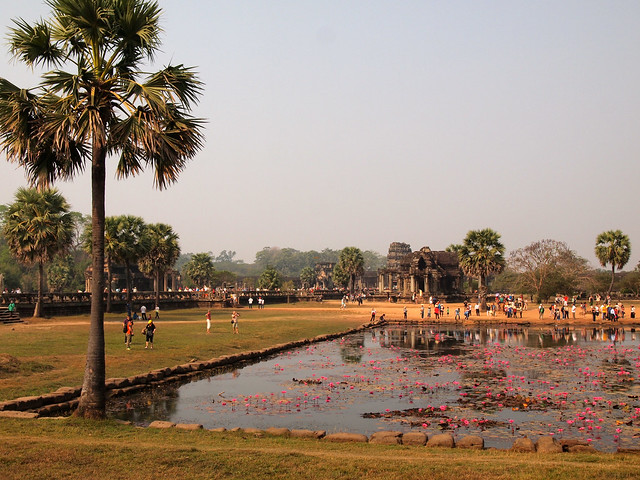
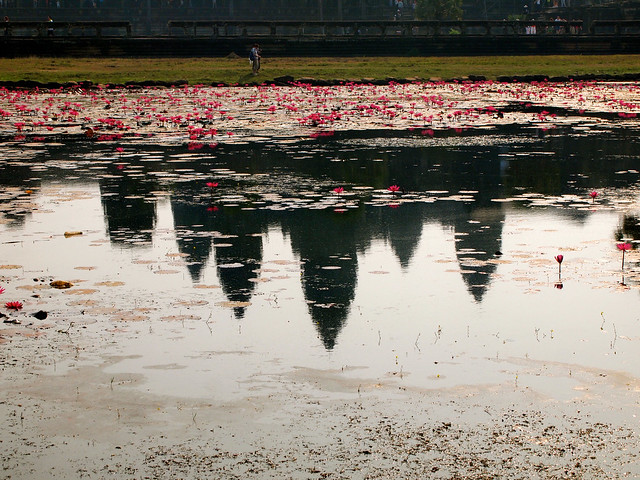
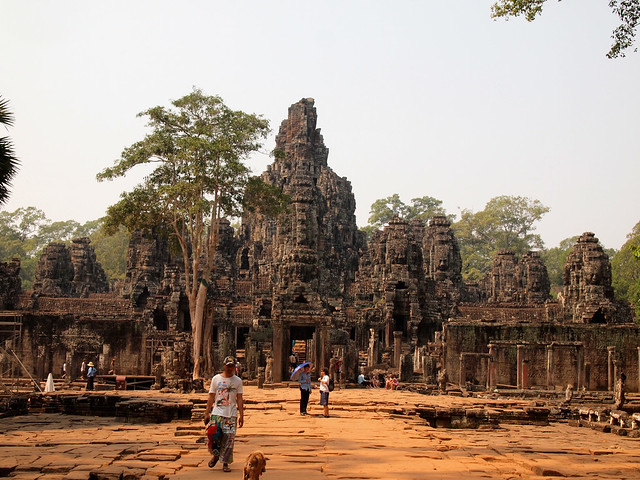
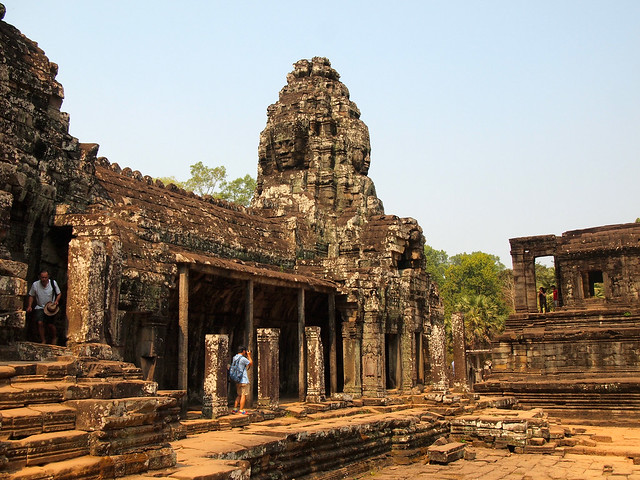
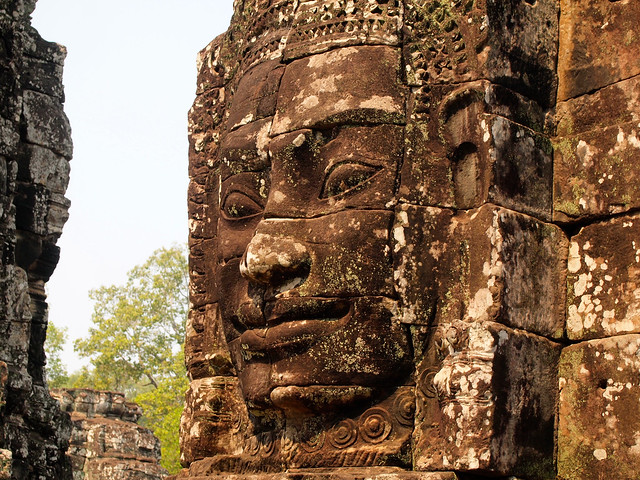
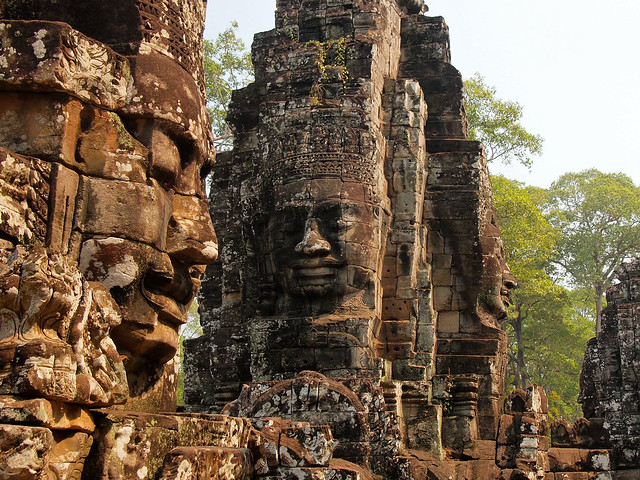

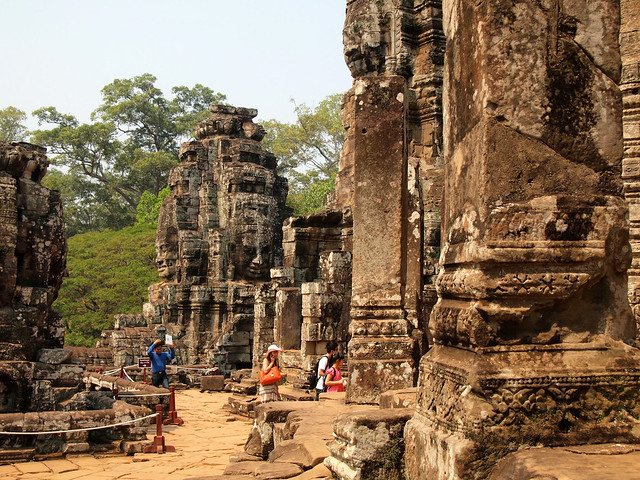

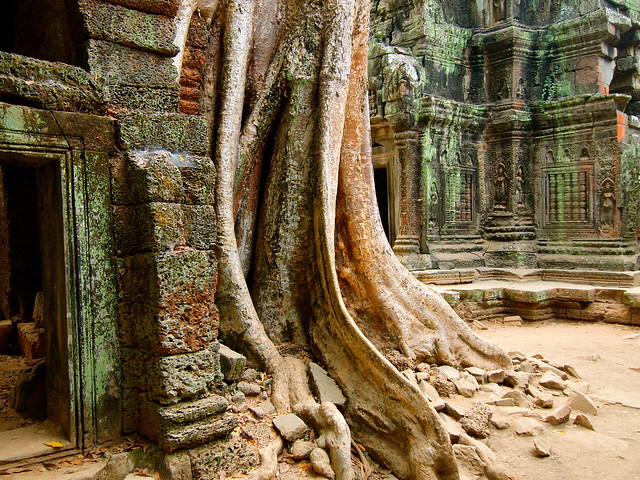
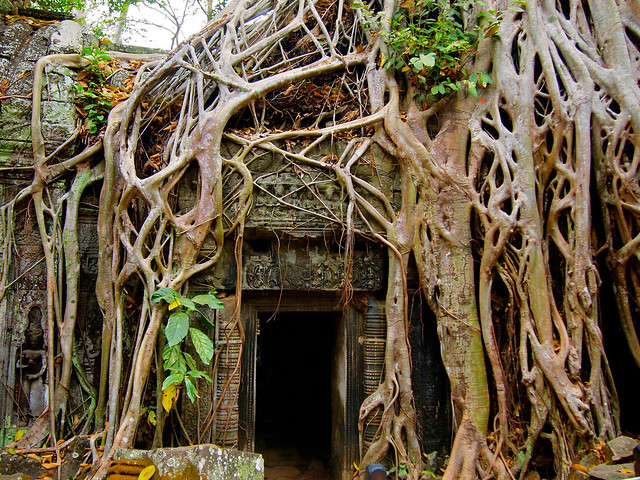

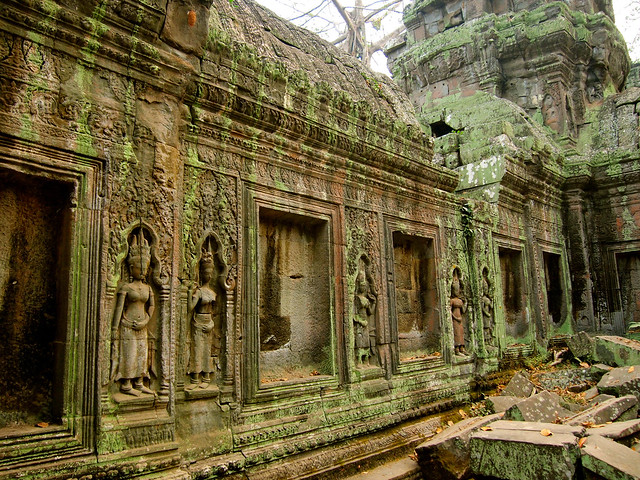
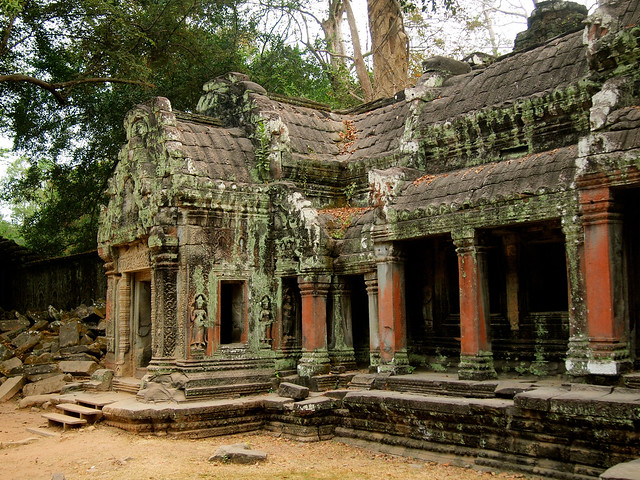
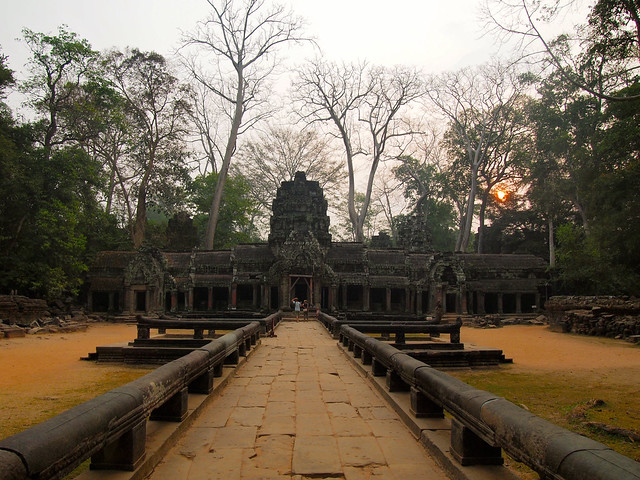
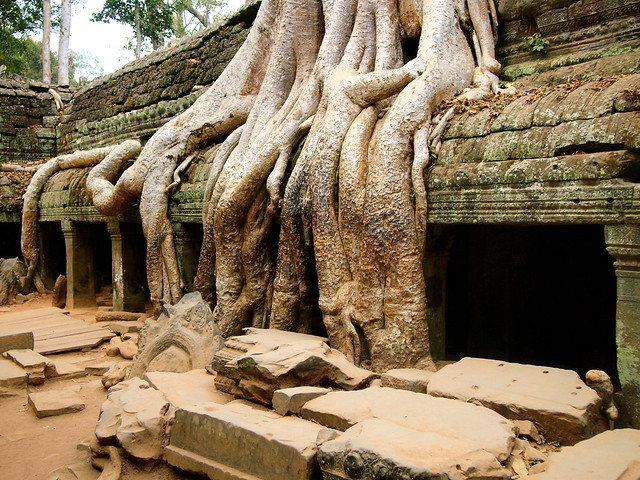

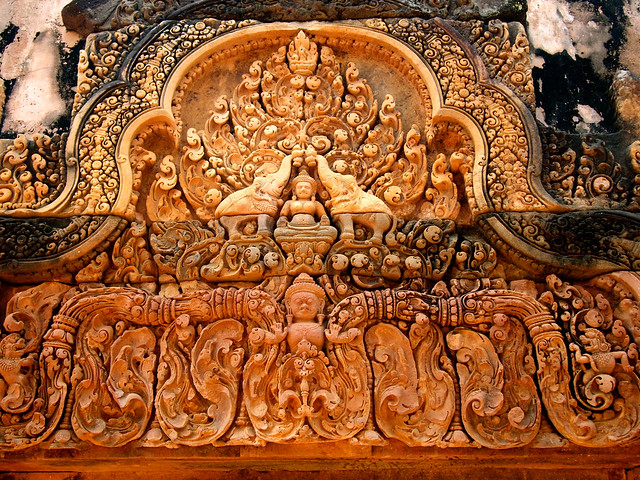
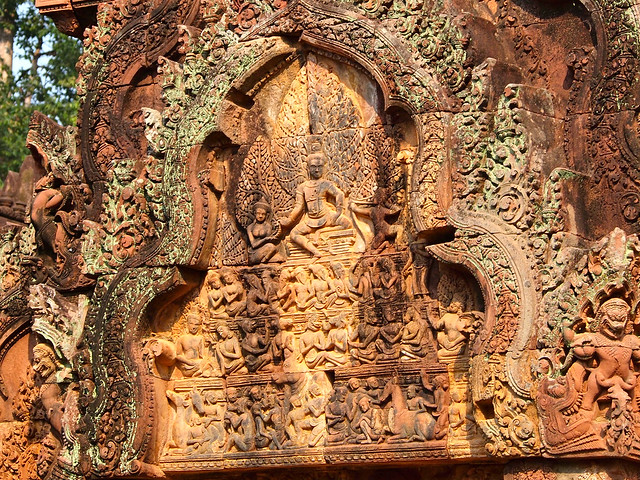
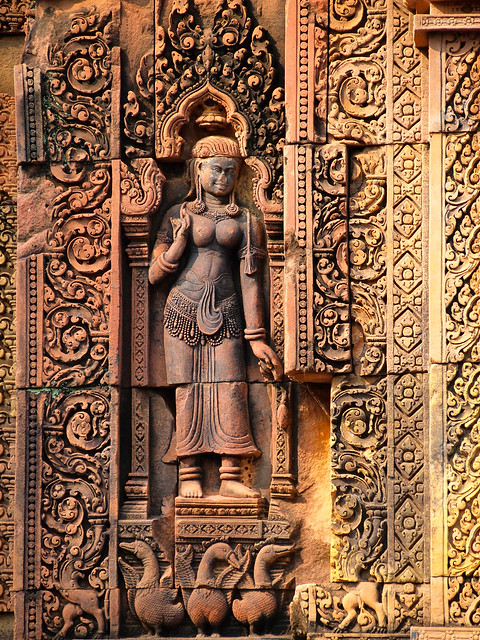
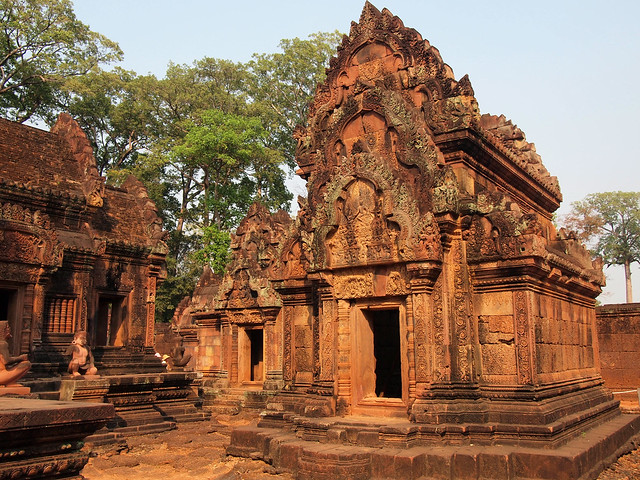
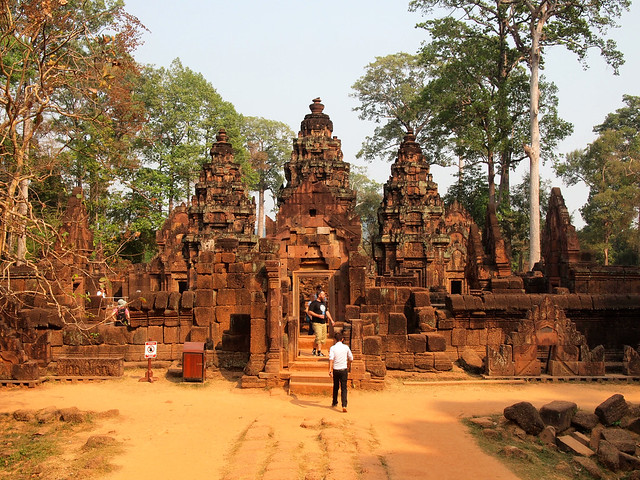

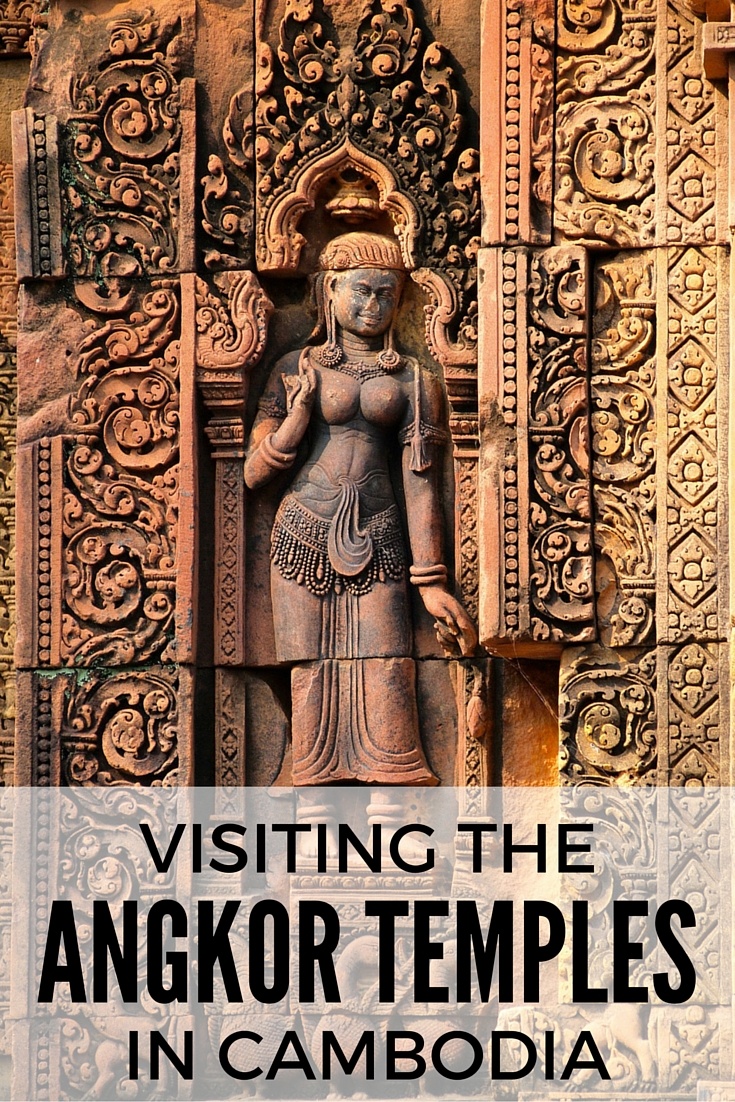
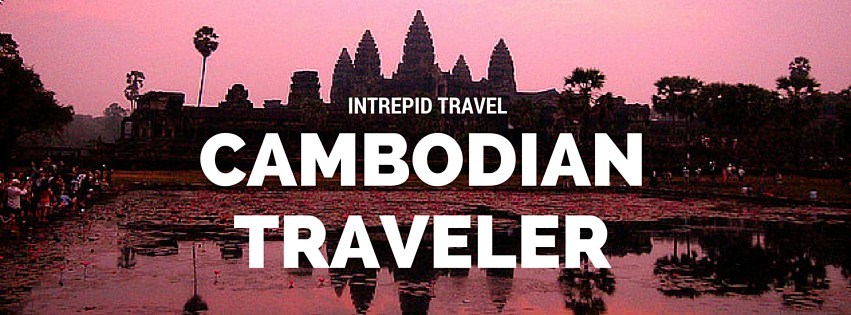









I really enjoyed ready this post and learned a lot. It will definitely help me plan my 4 day trip to Siem Reap.
[…] Temples Galore at Angkor […]
Amanda – I have loved finding your site as I have signed up for this exact tour for February. Could you tell me a little more about how you chose the temples you were able to see? I understand the tour provides a guide but did you have the chance to arrange some of your touring on your own at the temples? Any other tips for this Intrepid tour would be much valued as well!
Thank you!
Hey Stefanie! Our Intrepid guide decided on the temples, since he was our temple guide (and we were transported around in a mini bus). You of course COULD go see more temples on your own during your free time in Siem Reap since you get a 3-day temple pass. You would just need to arrange your own transport.
As for more info on this tour, check out my Cambodia page in my Destinations tab – I’ve written more about this tour, including a review with video!
Thank you for the information. I’m looking forward to my tour in February and am grateful to read your insights before I go.
Glad to be able to help! 🙂